5) FastPass is not fair
No, I'm not going to ramble on about the moral failings of Disney-sponsored, normalized line-cutting. When I say FastPass is not fair, I'm talking about something else entirely.
Because it's true – Disney’s FastPass system (predating competitors) remains revolutionary not only because of how deeply embedded it is (with complex computer systems calculating return times, ratios, rates of return, and waits for Stand-By guests) but because of how accessible it's meant to be. Rather than a neon paper wristband permitting front-of-line privileges that looks and feels like flat-out paid-for line-jumping (Cedar Fair and Universal) or a complicated virtual queue system holding your place as long as the current wait (Six Flags and Dollywood), Disney’s FastPass is not a costly, exclusive up-charge available only to some guests; it is available to all and included in park admission. But that doesn’t mean it's fair.
Image: Disney
Think of it this way: a ride only has so many "slots" per hour and per day, and as we calculated before, none of the parks' rides can realistically accomodate every guest who visits in a single day. That means that those "slots" available are precious commodities – something FastPass was supposed to help with. After all, if 100% of guests used FastPass optimally, then each and every guest would be guarunteed an evenly-spread minimum number of attractions with little wait. But if you're reading this editorial, it probably means you're more like me: able to wring 5, 6, 7, 8+ FastPass experiences out of a single day, running from distribution kiosk to distribution kiosk, balancing multiple FastPass tickets, and counting down for that precious "Your next FastPass will be available at..." time frame.
Does it make either of us bad people? Of course not. Is that breaking the rules? No.
Insiders simply figured out how to take full advantage of the FastPass system (in a good way)! But technically, doing so disrupts the utopian ideal of FastPass and is – in a sense – "taking" limited, finite ride slots from others. Perhaps it's "victimless" because some families opt of FastPass for any number of reasons (not knowing how to use it, not knowing it's included with admission) or don't know how to use it the "right" way and only get one or two FastPass rides a day, so it all averages out the same. But is it fair? No. Meant to level the playing field, FastPass instead only gave frequent visitors and those who know how to use the system well (often via a "FastPass runner") more than their "fair share" of the day's capacity.
Which is why, when Disney had the chance to reinvent the FastPass system in Florida, they set out to re-level the playing field by switching to a more socialistic distribution... And that brings us to number 6.
6) FastPass+ made average vacation planning harder to get “right”
When Walt Disney World unveiled its smart phone app-based MyMagic+ initiative, a cornerstone of the billion-dollar project was FastPass+, eliminating paper tickets and distribution kiosks in favor of an app-based system of reservation and check-in. Part of the FastPass+ initiative was to turn ride reservations from an “extra” used by in-the-know guests into a standardized part of vacation planning – you book a flight, you book a hotel, you book meals, and you book FastPasses!
To do so, FastPass+ is all about pre-booking. Guests wait, breathlessly reloading the My Disney Experience app at midnight 30 days prior to their trip to try to snag FastPass reservations (only to find, in many cases, that popular attractions are already “sold out” of FastPass return options thanks to Disney Resort hotel guests, who get to book 60 days in advance).
Image: Disney
For better or worse, FastPass+ further reduced the spontaneity of a Disney Parks visit. Now, you not only have to know what park you’re going to on Monday of your trip in two months, but which hour you’ll be riding which ride.
But the problems with FastPass plus run deeper than simply requiring guests to go "all-in" with vacation planning. Now, the FastPass system would be flooded with guests, approaching 100% buy-in. And if all 60,000 visitors to Magic Kingdom on any given day are promised FastPasses, it meant that Disney needed to regulate the system in two key ways:
- Restricting all guests to 3 FastPass reservations per day, with just one for popular "tier 1" attractions. That was a particular sticking point for fans used to squeezing a half-dozen or more FastPass attractions out of a single day. But of course, that limit was necessary in order to ensure that the system – now flooded with near 100% participation – would offer more-or-less "equal" opportunities to all. Take Magic Kingdom's daily attendance of 60,000 and split it by the total FastPass capacity for the park and you end up with everyone getting 3 ride reservations.
Image: Disney
- Adding capacity to the FastPass system by adding FastPass to attractions that don't need it. And that's where the real trouble lies. To ensure that all guests could have three FastPass bookings, FastPass was added to attractions that simply don't need it, like The Seas with Nemo and Friends, Spaceship Earth, Finding Nemo: The Musical, and Haunted Mansion. Imagine how the wait for Enchanted Tales with Belle exploded when the attraction (with a 300 person-per-hour capacity) suddenly had 70% of its "slots" handed to FastPass, with only 100 people per hour allowed in from the Stand-By line. Across the resort, meet-and-greets became FastPass+ picks, turning typical queues for the low-capacity character encounters into stagnant "Stand-by" queues with FastPass guests whizzing past all day.
Now granted, some of this is good by way of encouraging people to visit less popular attractions. But on the same token, it makes it even easier for guests – especially first-timers, families, and rare visitors – to "mess up" by failing to secure the best set of attractions for not knowing whether Soarin', Frozen Ever After, or Test Track is their best tier 1 pick for a day at Epcot. And thanks to FastPass being applied to attractions that don't need it in order to add system capacity, that unknowing first-timer might select (from tier 1) Illuminations and (from tier 2) Journey into Imagination and Turtle Talk!
In other words, though FastPass+ technically helped level the playing field by incorporating FastPass into trip-planning rather than leaving it to in-the-know parks fans, it's easier than ever to get FastPass "wrong" and spend a whole lot of time waiting as a consequence.
7) FastPass makes the rest of your waits worse
Image: Disney
In the early 2000s, Disneyland tried to add FastPass capacity, too, by adding the service to Pirates of the Caribbean. The ride's queue regularly spilled into New Orleans Square, cutting off the park's vital circulation paths. Why? Because Pirates doesn't need FastPass; it doesn't work with FastPass. It's a high-capacity, fast-loading attraction, and by rationing 70% of its enormous capacity to FastPass users, the Stand-By queue stalled. Wait times for the attraction skyrocketed.
Since one of the attraction's two side-by-side queues became dedicated to the thousands of FastPass users returning each hour, the Stand-By line (now moving 30% as quickly as it used to, at best) regularly grew so long, stanchions had to be added throughout New Orleans Square, cutting off circulation in the park's cramped quarters and driving wait times up.
The addition went so horrendously, Disney quickly removed the ride's FastPass signage and returned to two side-by-side, quick-moving queues. Unfortunately, in summer 2018, Disney re-installed FastPass infrastructure to Pirates, though it has yet to activate the ticket distribution...
Image: Disney
You'll see it again with Toy Story Midway Mania, whose FastPass-enabled Hollywood Studios version often garnered waits three times as long as its FastPass-free identical sister at Disney California Adventure... until summer 2018, when FastPass was added to the Pixar Pier ride, doubling its wait time... Or, at the same two parks, Alien Swirling Saucers and Mater's Junkyard Jamboree respectively – identical rides operationally, with Florida's Toy Story version having out-the-gate-and-around-the-land queues. While certainly part of that is the newness of Toy Story Land, another part is that FastPass makes the Stand-By line move too slowly to keep up with the continuously-descending crowds!
So while FastPass may make a few waits short for you in a day, it's almost certainly making the rest of your waits much, much longer... Are the three short waits worth a day of long ones? Psychologists must argue yes, because the endorphine-releasing act of securing a FastPass and strolling past a full queue keeps guests hooked on the system, even if logically, it's making a day at the park measurably less pleasant altogether.
A World Without FastPass
Image: Disney
Listen, all of us like being able to take advantage of the FastPass system and use it to our disposal. But just imagine what would happen if FastPass disappeared from Disney Parks.
- Disney’s attraction queues would again become “sponges,” holding guests; the park’s paths would clear out and you’d once again be able to stroll through New Orleans Square or Tomorrowland.
- The theatrical, immersive, storytelling queues Disney Imagineers designed would be used for their intended purpose, becoming part of the attractions once more.
- Disney Parks would again be open for exploration, with paths to explore and significantly less "strategy" needed in order to enjoy.
- Guests would again enjoy a "level playing field," with the same access to the same attractions. After all, even though Disney doesn't charge for its FastPass service, the service still prefers those who can best learn how to navigate it (and, at Walt Disney World, those who can afford a Disney Resort hotel.)
- Wait times across the parks would level out as the "free market" of ride capacities returned. "Stand-By" queues would be the only queues, and they'd move quickly and steadily without a secondary queue of guests strolling by and using up ride's precious and limited capacity "slots."
Image: wdwuntangled.com
You know, Disney could probably improve FastPass with some simple switches, like refraining from activating a ride's FastPass system until the Stand-By wait reaches an hour (which, by the way, most never would) or only turning on FastPass at noon, once crowds have settled into the park.
But at this point, guest interest in FastPass shows no signs of slowing. Quite the opposite, the introduction of FastPass+ at Walt Disney World indicated that Disney isn't just expanding their virtual queuing system, they're looking to monetize it.
Image: Disney
At Disneyland, if you want to conveniently grab day-of FastPass reservations via smartphone instead of running around to park kiosks, it'll cost you $10 per day per person.
Recently, Disney began selling higher-priced one-day tickets to Walt Disney World that come pre-packaged with three FastPass selections (all from low-tier attractions) for guests who don't pre-plan.
Image: Disney / Pixar
Disneyland Paris is testing a pay-per-ride line-jumping system where, for about $17, you can enter one ride's FastPass queue, one time, any time of the day.
It feels almost certain that before the decade's end, guests of Disney's most expensive Deluxe level hotels will recieve preferential treatment in picking FastPasses.
FastPass has become deeply, deeply embedded into the parks and into guests' minds. Despite evidence to the contrary, guests would likely see its removal or scaling-back as an affront to their day and an apocolypic attack on their "lifestyling" Disney Parks culture. That's why it's unrealistic to think that FastPass will ever disappear.
So while we all may enjoy the cloud nine moment of escaping the park's overcrowded pathways and effortlessly sailing past that two hour wait for Frozen Ever After, keep in mind that it may be because of FastPass that the paths were crowded and the ride's wait was two hours to begin with...
Image: Disney
And don't get me wrong – there are plenty of reasons that using FastPass "plusses" a day at Disney Parks. FastPass advertises itself with the question, "Why wait in line?" But when you get right down to it, there may be some compelling reasons to do just that...
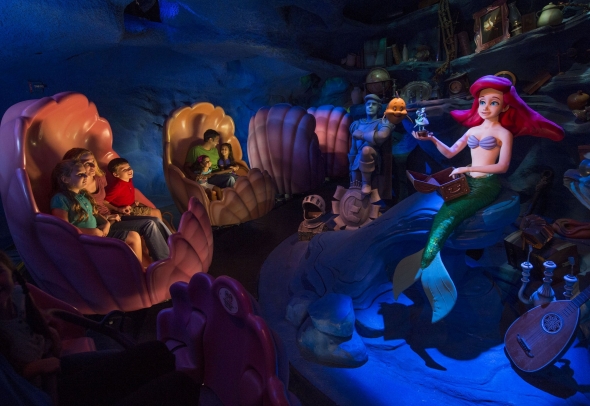
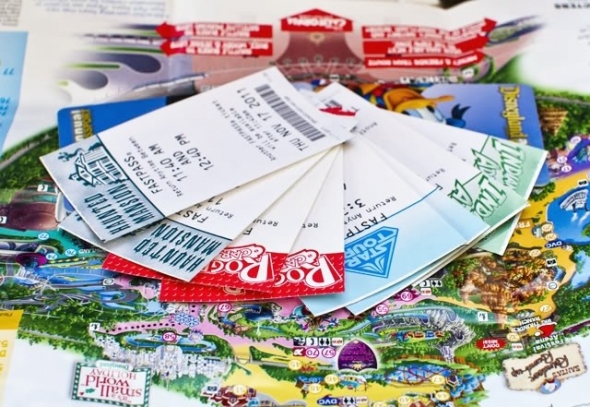

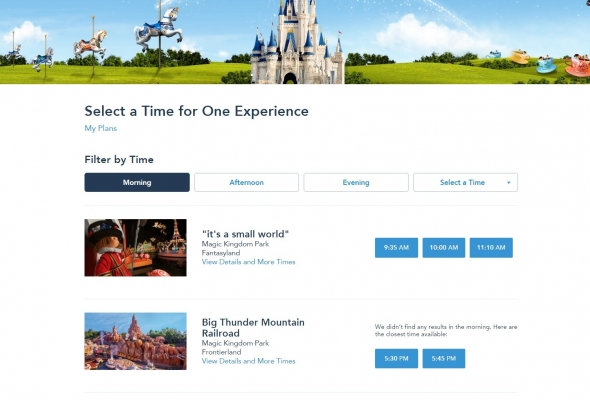
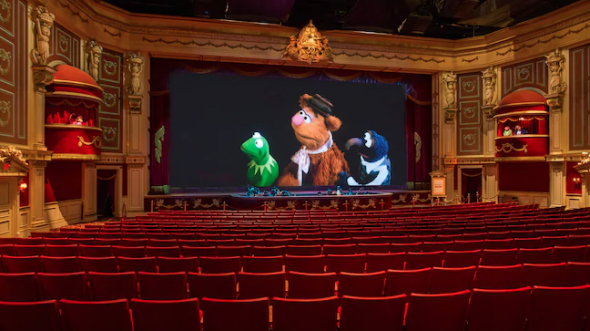
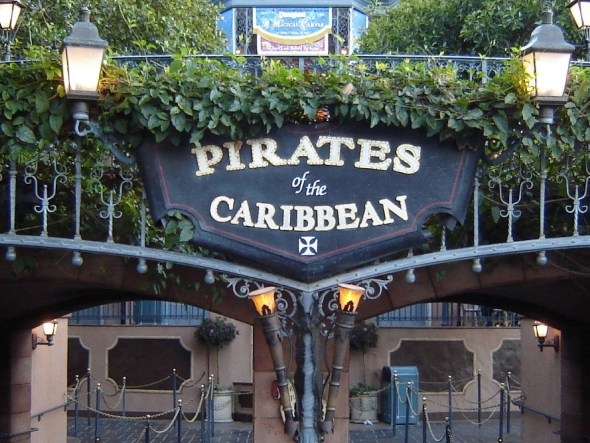
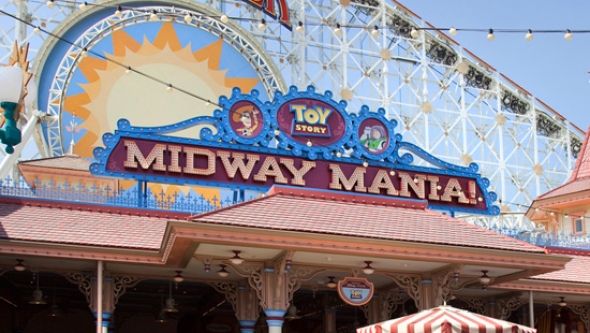
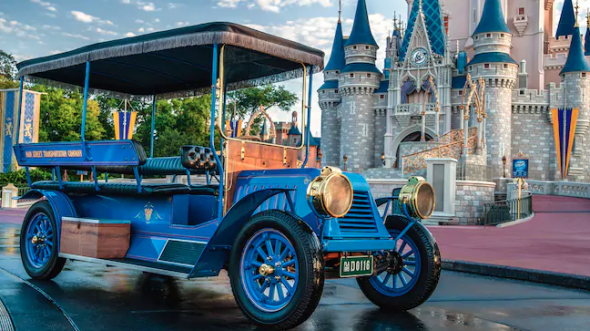
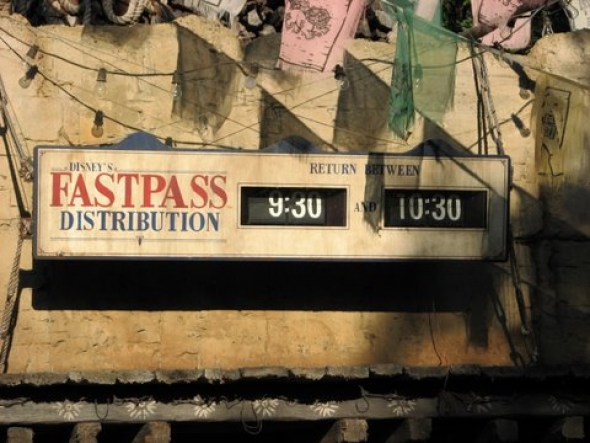
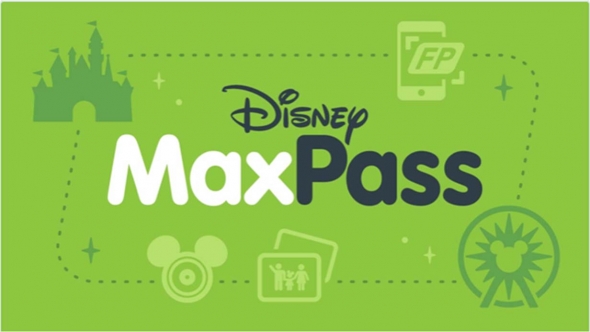
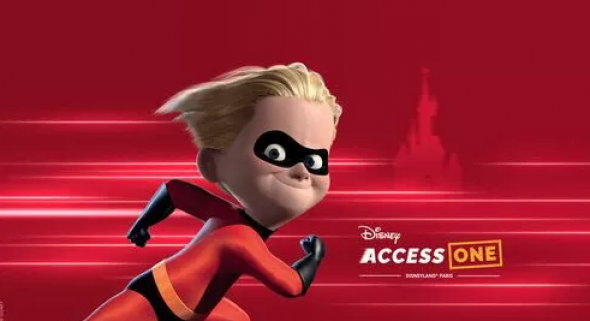
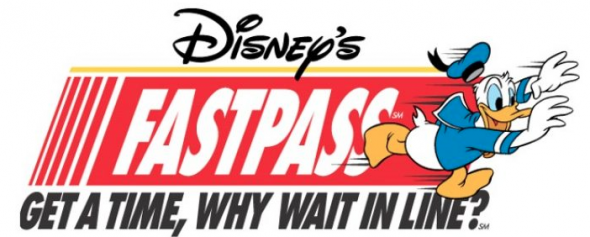

Comments
What an interesting article on how Fastpass has changed the dynamics of the parks, as well as the whole concept of a Disney vacation. It makes me sad to think of a family for whom a Disney trip will be a one-in-a-lifetime experience, and without all this knowledge of how to best use the Fastpass system, they may end up having a very frustrating time, unable to experience many of the best rides. Your article made me miss the days before Fastpass.
If there's more demand than supply per resource, people WILL have to wait, no matter how it's distributed, or if it is regulated at all.
Either there's a free system like FastPass, but this will incur more overall waiting, if you're not an "insider". Or it is monetized, then those with more cash will wait less.
The former is socialism, which is beautiful, but doesn't work. The latter is market economy, which is ugly, but works. In any way: If there's not enough for everyone wanting, then some will be privileged, and others will be not. It's not a moral thing, but just math and physics.
(I once lived in socialism, and I know for sure that it doesn't work. -- But with a decent education, market economy works quite well.)
I actually don't see any just solution for that, besides building more Disney parks; but as this is at the hand of the Disney company, it's not up to me to tell them how to do it.
(By the way ... I hate theme parks, because I don't like crowds, and as a weathered QA engineer, I'm hard to fool with mechanical and electronic contraptions. I reject the concept of "magic" altogether. -- But I actually enjoy reading here, as those essays display a hell of logical and rational argument, which I love.)
I think you’re off the mark a bit here. Fast passes can’t simultaneously stop the queues from being “sponges” and cause the queues to be too long. Maybe for a few rides that’s true (like Indian Jones), but I think what’s happening more is that they change the distribution of your personal wait times. So you have 3 fast lines and then however many long lines you choose to endure. Is that better or worse than endless more reasonable lines? Hard to say. The other thing that’s happening is the parks just have more guests. There isn’t enough physical space to accommodate them anymore. The only real way to fix that is to enlarge the parks, build more of them, or raise prices.